Product Description
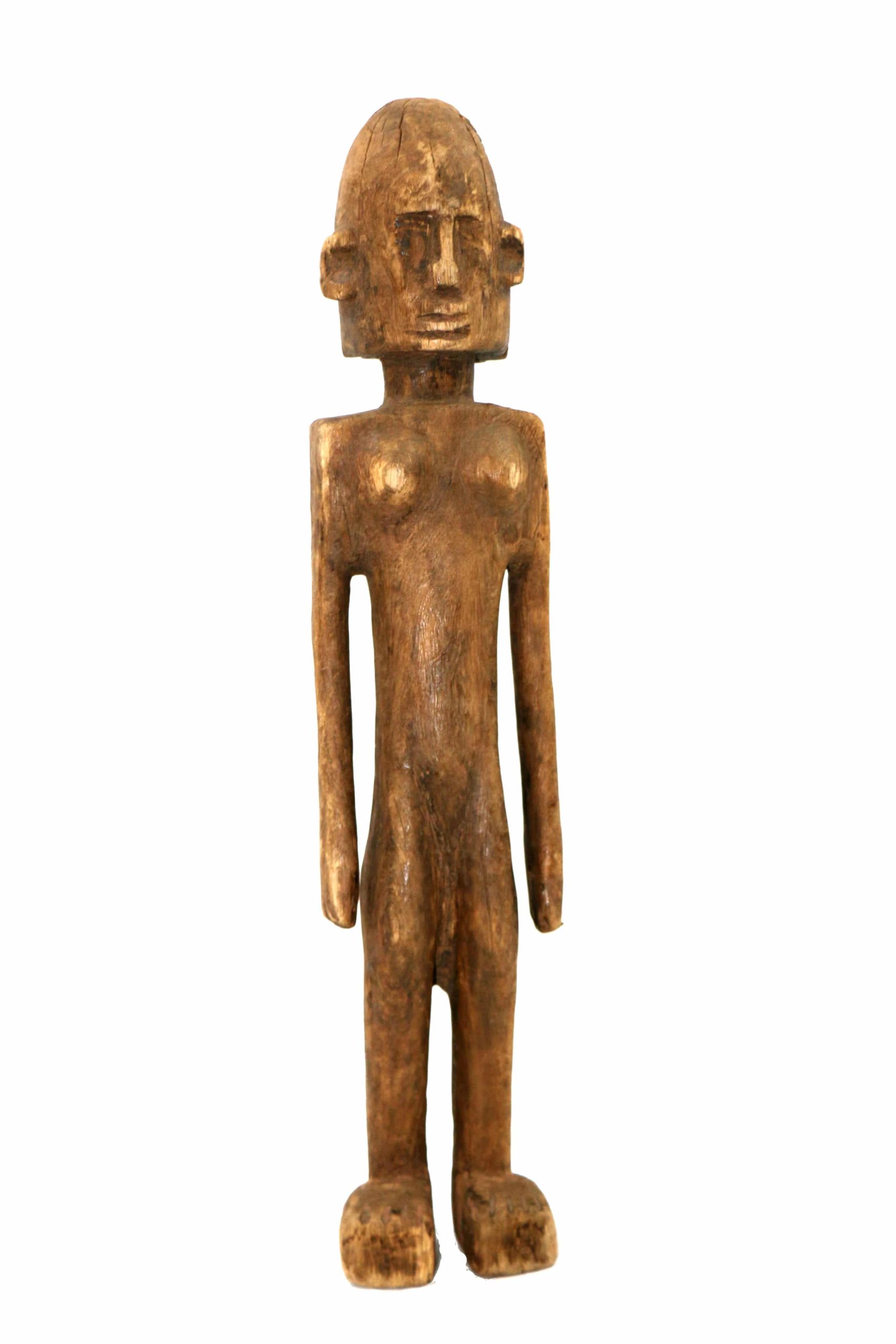
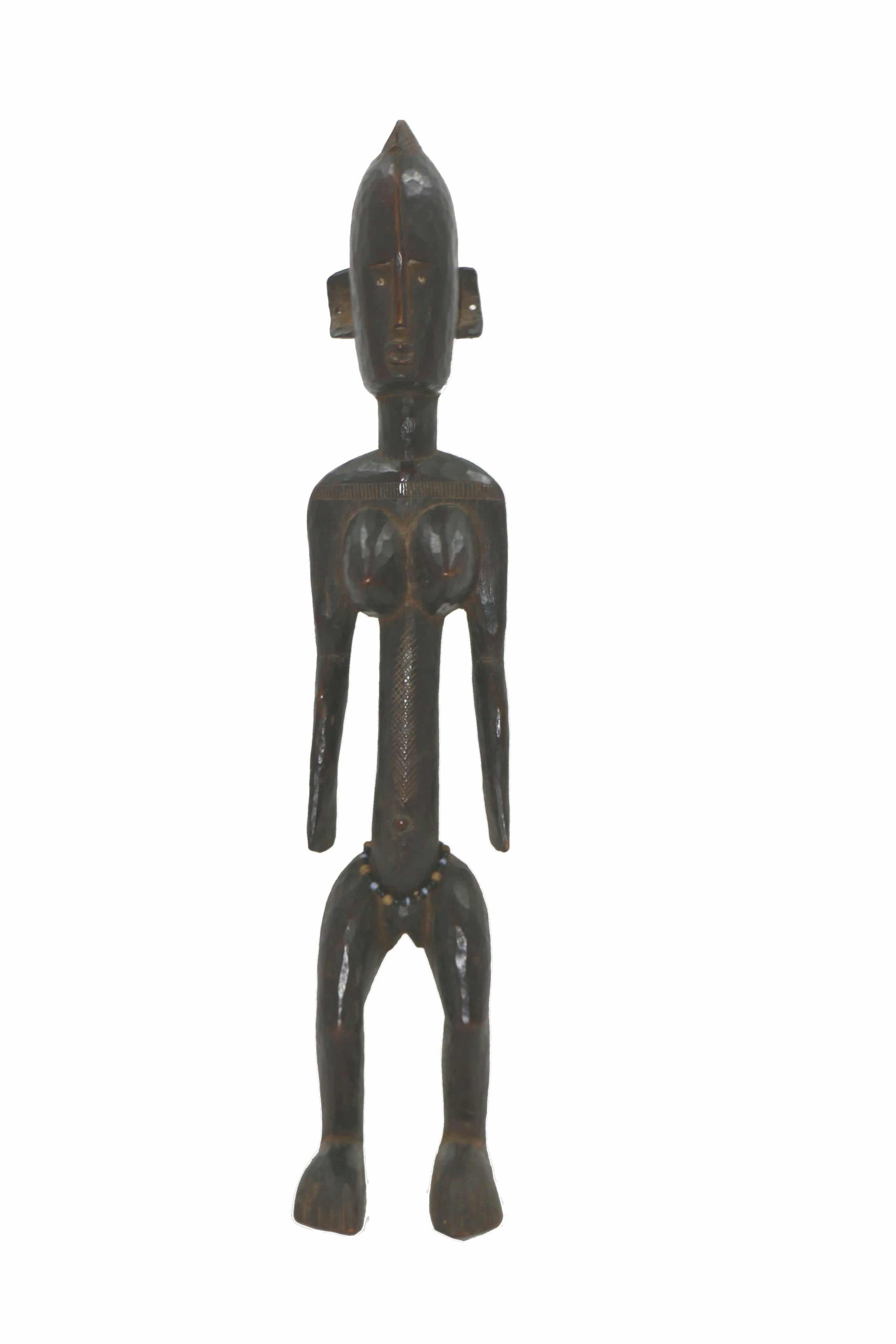
Dogon Tellem Superimposed Figure – Mali
These two superimposed figures are in the corpus of Tellem statuary and is very rare. accordingly – the lineage of the ancestors, symbolizing the sequence of generations. Stylistically, the statue is a very good example of the transition period Tellem-Dogon ( xv e – xvi th centuries), that is to say following the onset of strain Mande migrants. It combines, on the one hand, the classical characteristics of the Tellem statuary (back of the upper figure, prominent eyes and mouth) and on the other hand the treatment of distinctly individual volumes of pelvis and legs, specific to art that the Dogon sculptors will develop in this southern region of the cliff of Bandiagara.
Made of 100% wood, patent shade, brown and crusty, thicker on the upper character.
Model is W 8 – H 62 and weight 0.8 kg.
Description
These two superimposed figures are in the corpus of Tellem statuary is very rare. accordingly – the lineage of the ancestors, symbolizing the sequence of generations. Stylistically, the statue is a very good example of the transition period Tellem-Dogon ( xv e – xvi th centuries), that is to say following the onset of strain Mande migrants. It combines, on the one hand, the classical characteristics of the Tellem statuary (back of the upper figure, prominent eyes and mouth) and on the other hand the treatment of distinctly individual volumes of pelvis and legs, specific to art that the Dogon sculptors will develop in this southern region of the cliff of Bandiagara.
Dogon sculpture recreates the hermaphroditic silhouettes of the Tellem, featuring raised arms and a thick patina made of blood and millet beer. The four Nommo couples, the mythical ancestors born of the god Amma, ornament stools, pillars or men’s meeting houses, door locks, and granary doors. The primordial couple is represented sitting on a stool, the base of which depicts the earth while the upper surface represents the sky; the two are interconnected by the Nommo. Dogon sculptures serve as a physical medium in initiations and as an explanation of the world. They serve to transmit an understanding to the initiated, who will decipher the statue according to the level of their knowledge.
The 400,000 Dogon live 180 miles south of Timbuktu on the cliffs of Bandiagara, which dominate the plains for over 150 miles. They speak approximately 120 dialects, many of which are not mutually comprehensible. At first hunters, now on their small fields, they cultivate millet, sorghum, wheat, and onion. The millet is stored in high quadrangular granaries around which they build their houses. Because of the difficult approach to these regions and the aridity of the climate, the Dogon have been isolated and hence were able to conserve their ancient religious habits and ways of making the necessary implements, their carvings.
Additional information
| Weight | 0.8 kg |
|---|---|
| Dimensions | 8 × 62 cm |
Leave a reply Cancel reply
Returns and Exchanges
There are a few important things to keep in mind when returning a product you purchased.You can return unwanted items by post within 7 working days of receipt of your goods.
- You have 14 calendar days to return an item from the date you received it.
- Only items that have been purchased directly from Us.
- Please ensure that the item you are returning is repackaged with all elements.
Ship your item back to Us
Firstly Print and return this Returns Form to:
30 South Park Avenue, San Francisco, CA 94108, USA
Please remember to ensure that the item you are returning is repackaged with all elements.
For more information, view our full Returns and Exchanges information.

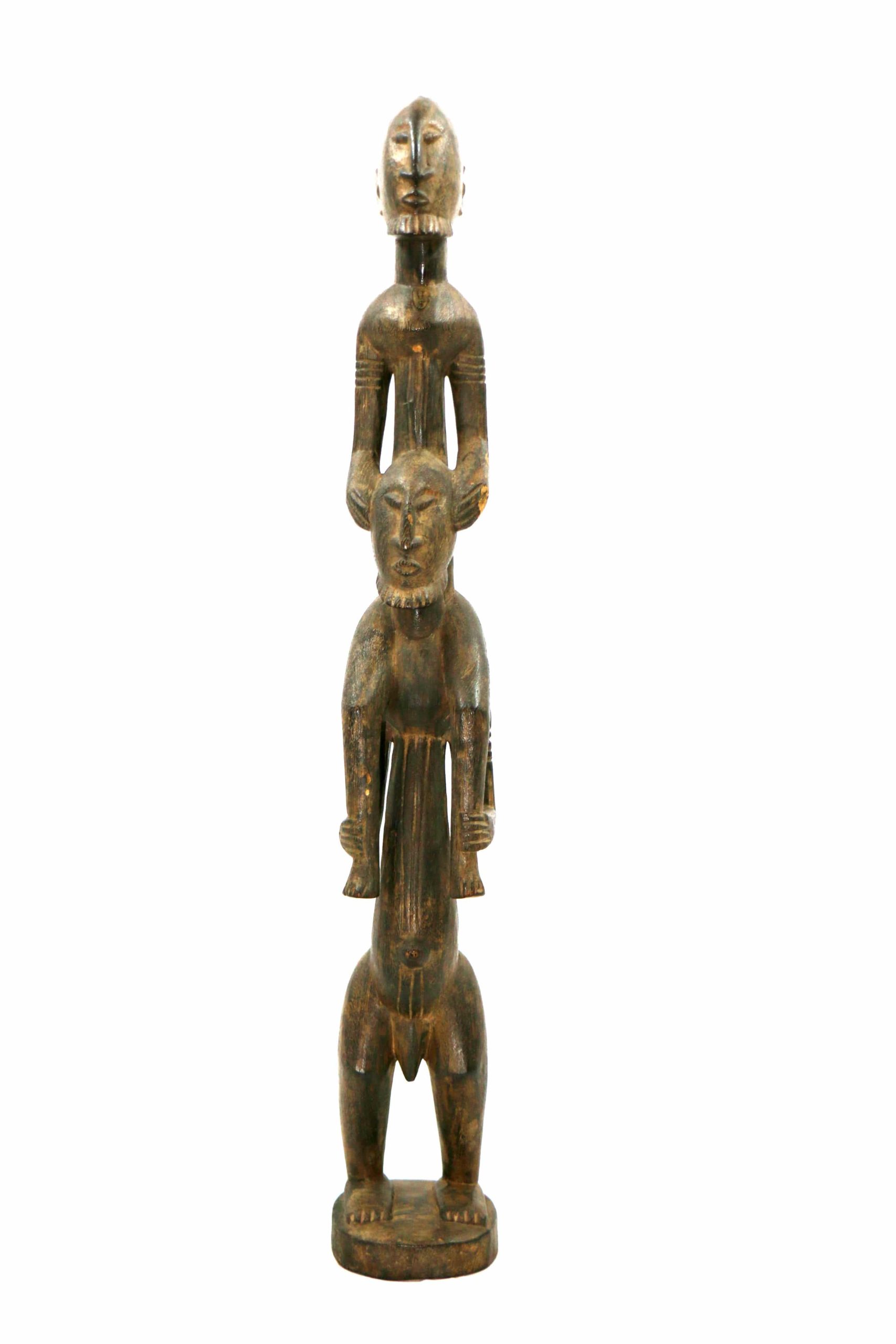


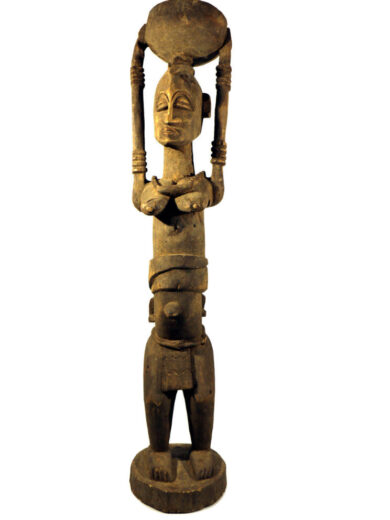
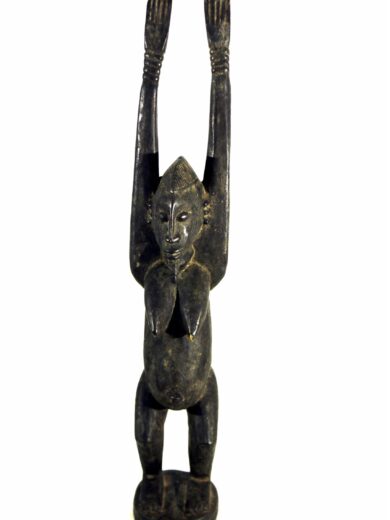
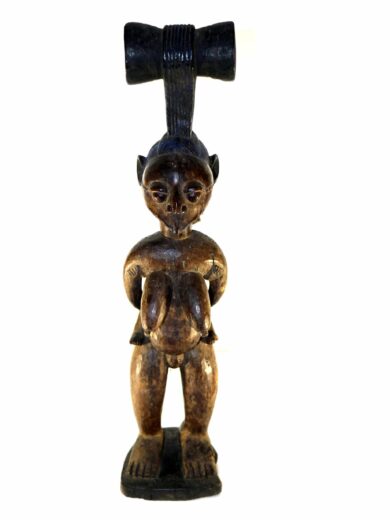
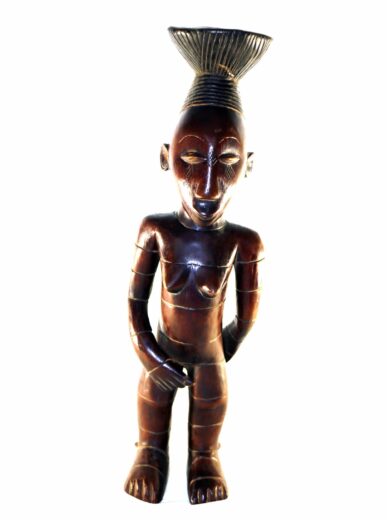


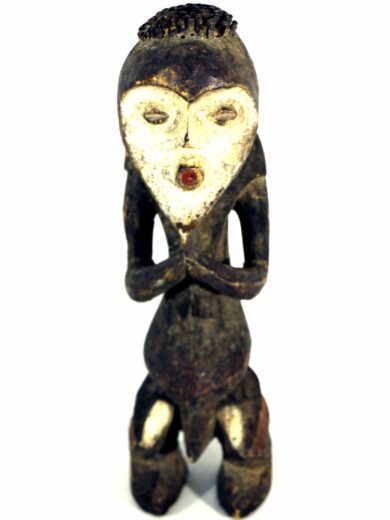
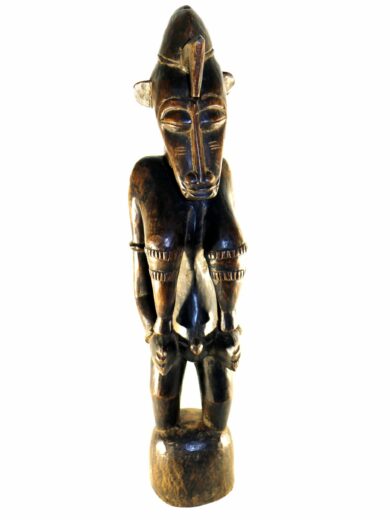
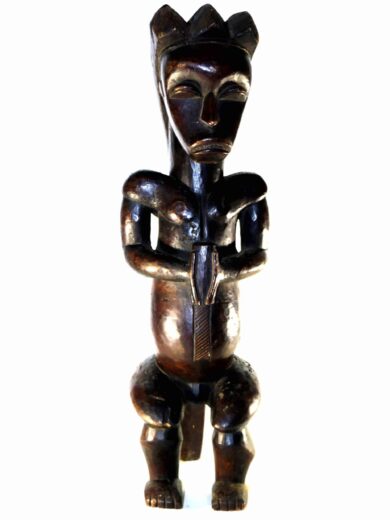
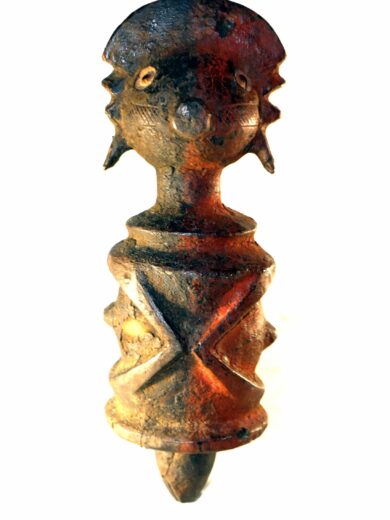
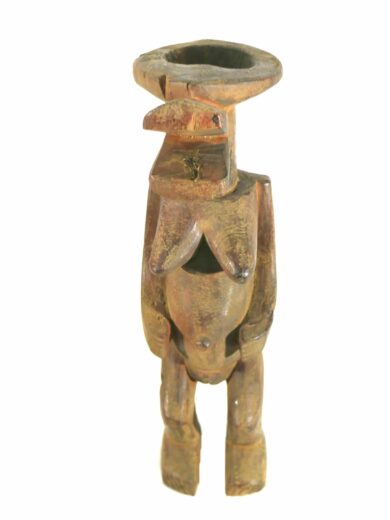
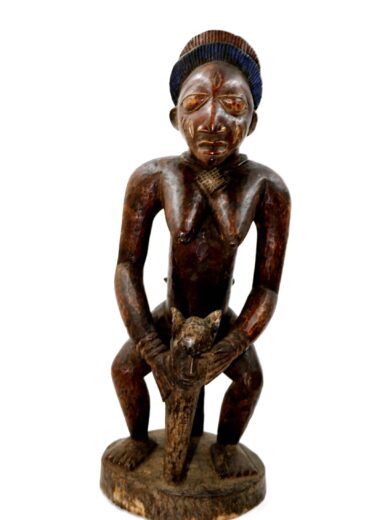
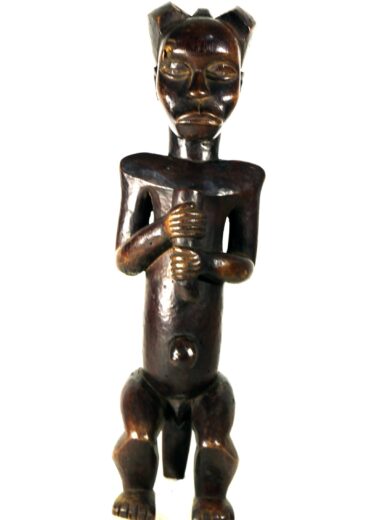
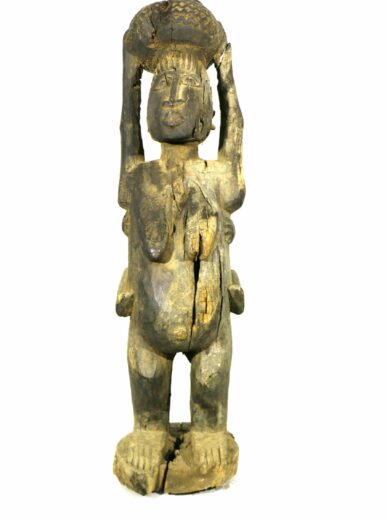
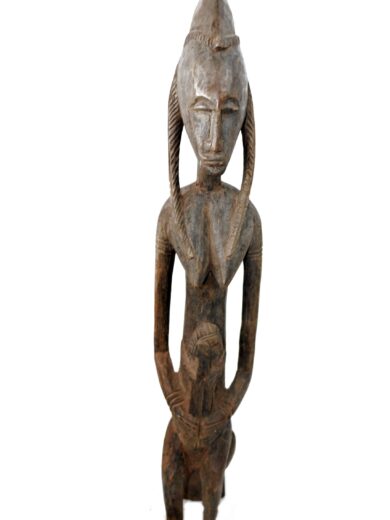
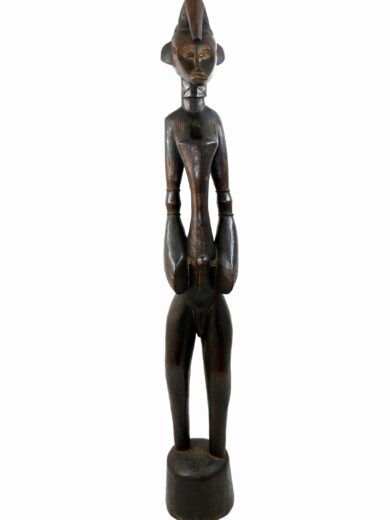
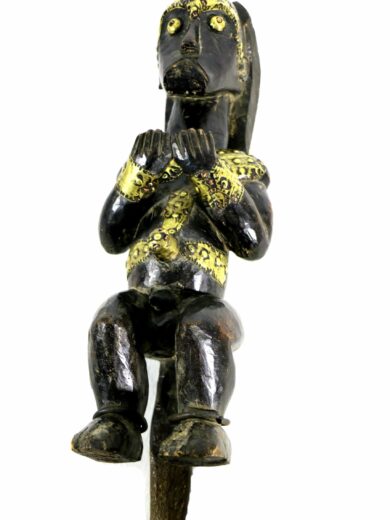
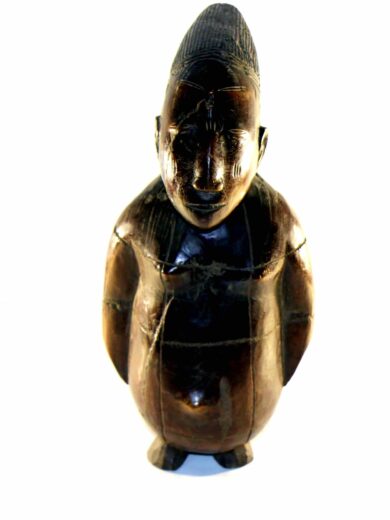

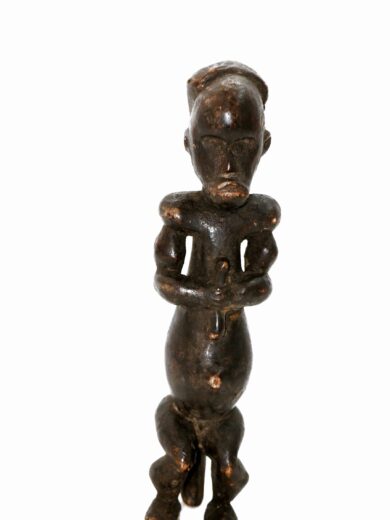
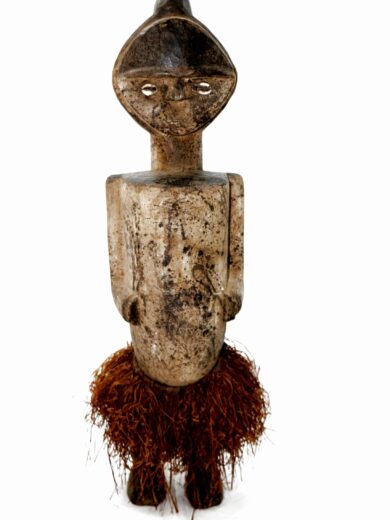
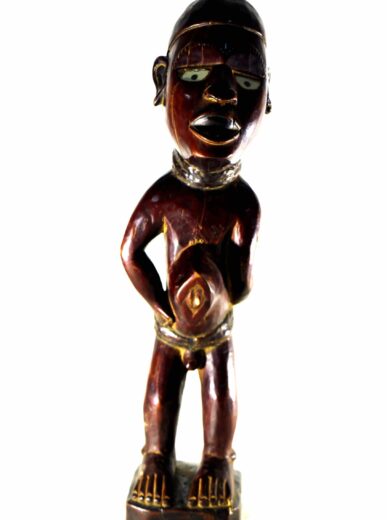
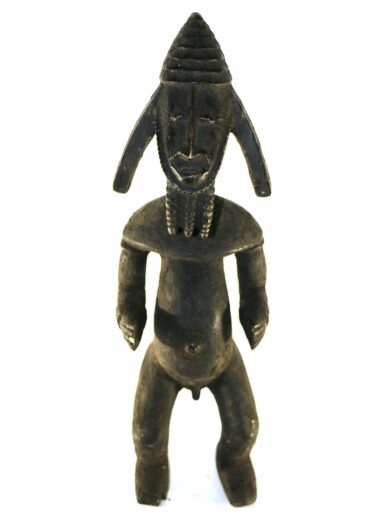
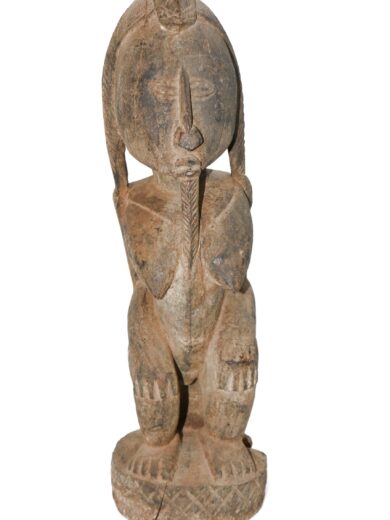
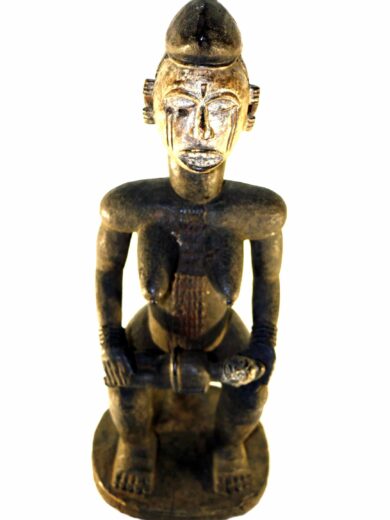
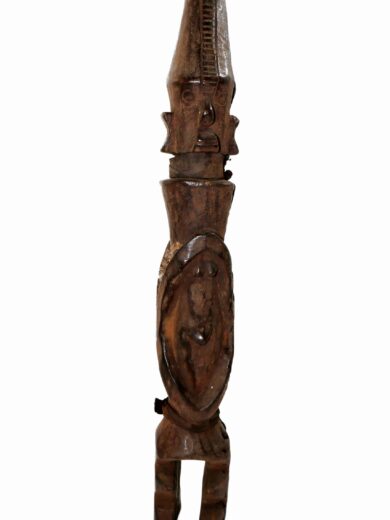
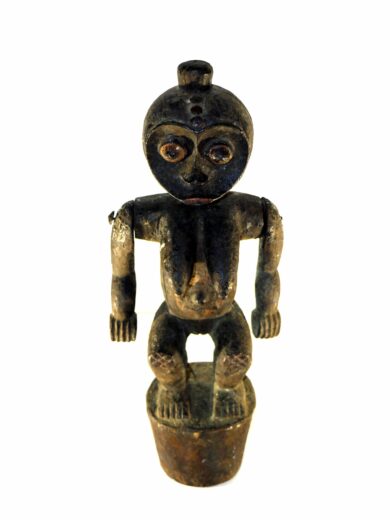
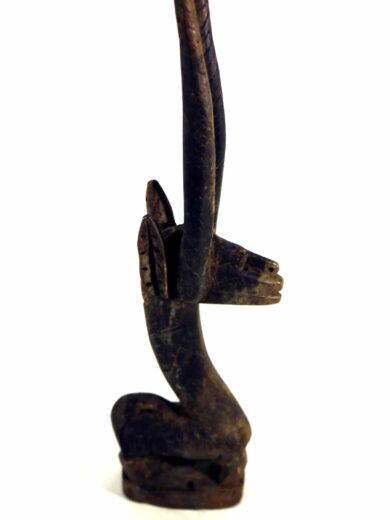
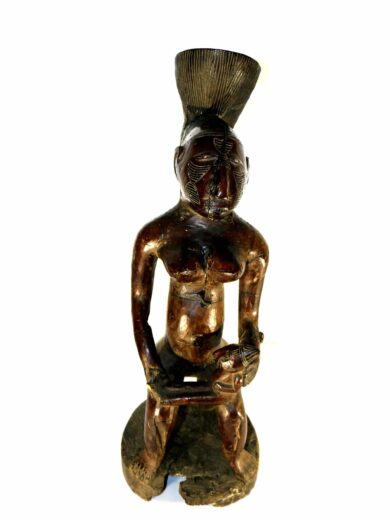
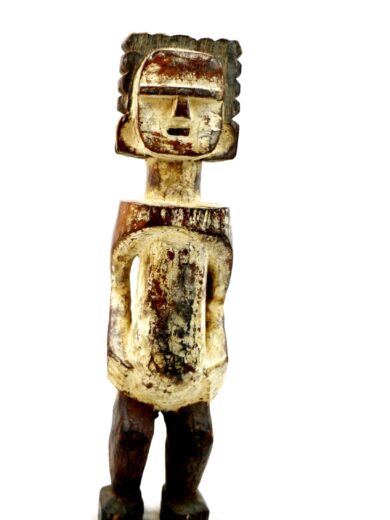
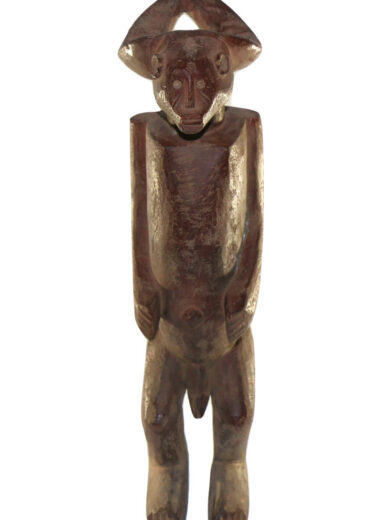

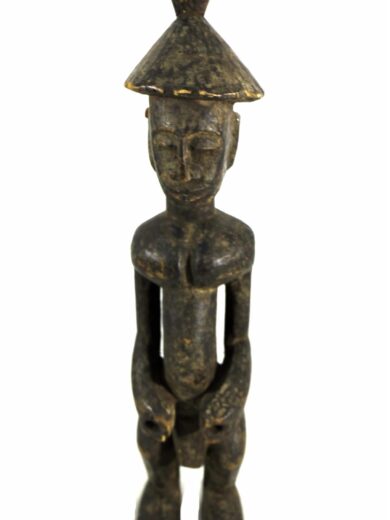
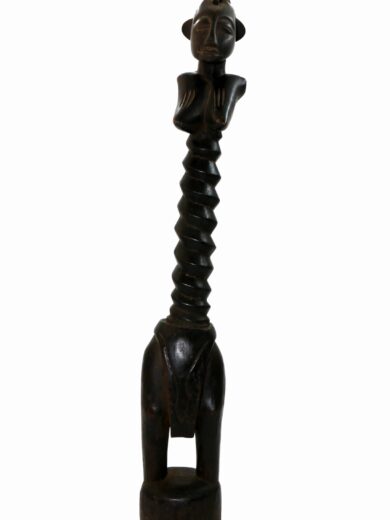
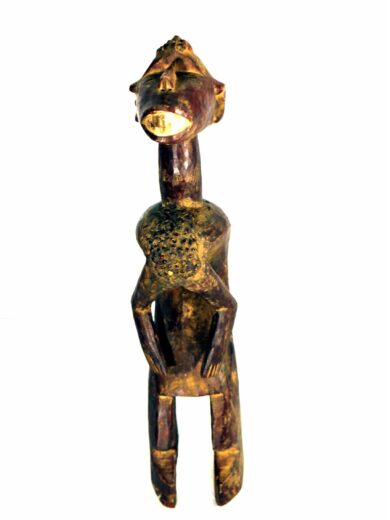
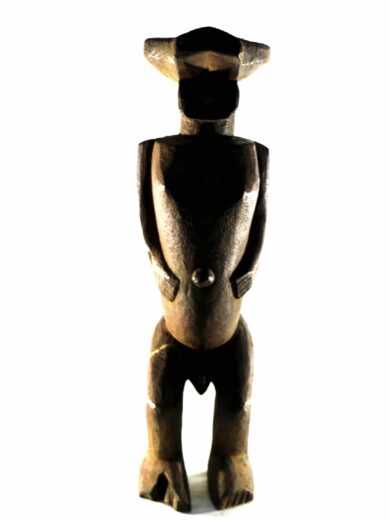
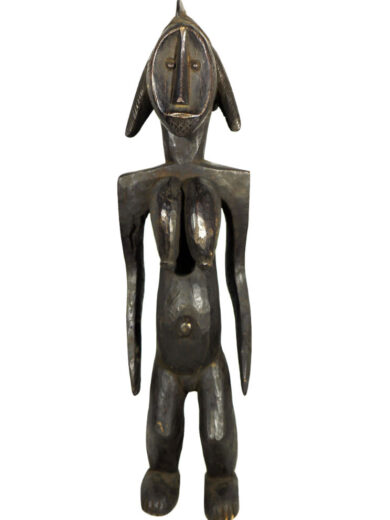
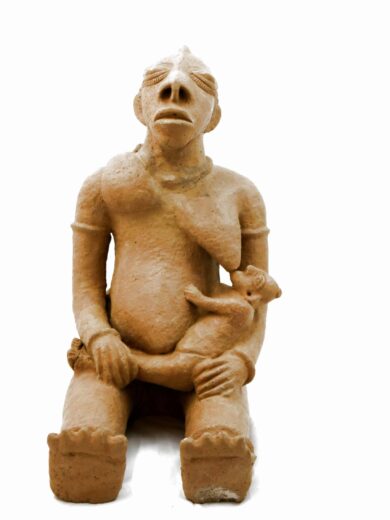
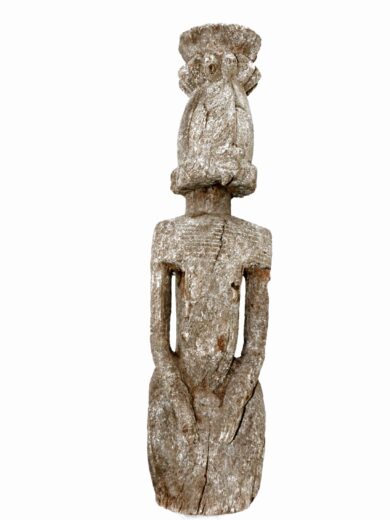
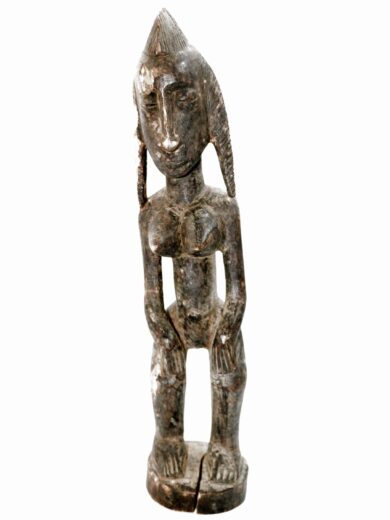
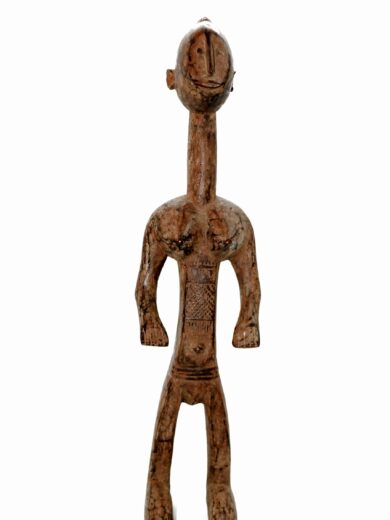
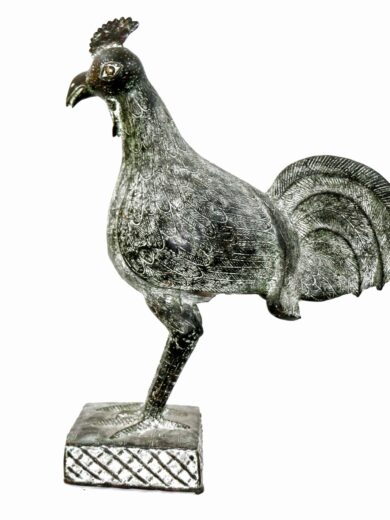
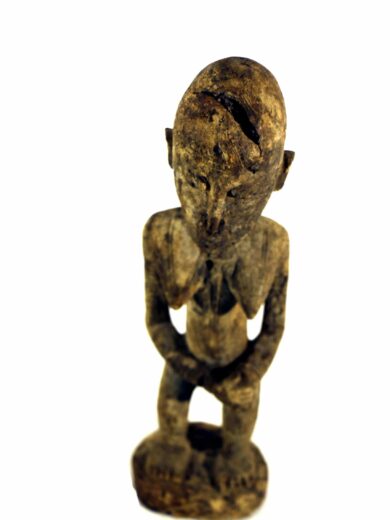
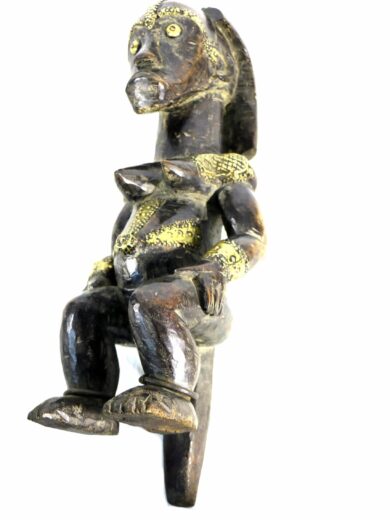
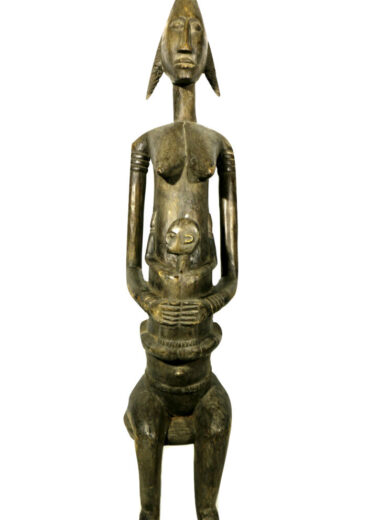
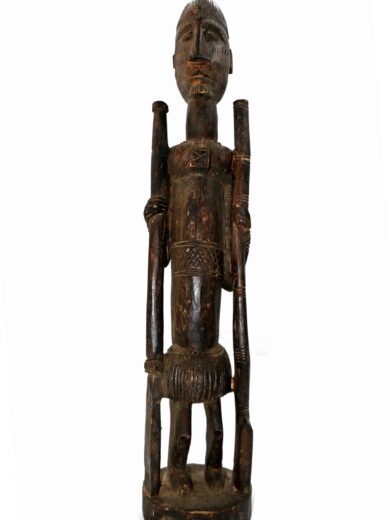
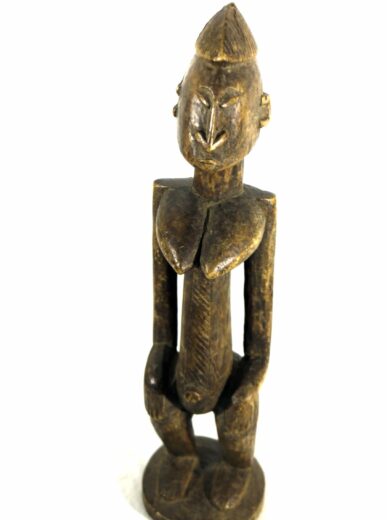
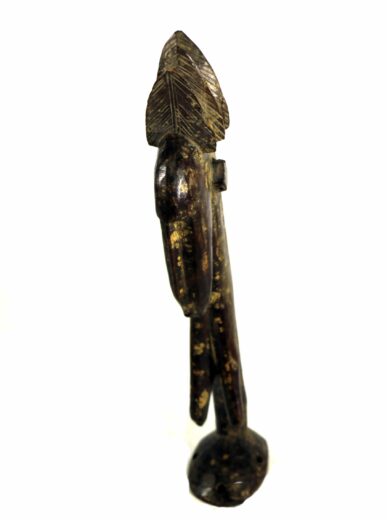



Reviews
There are no reviews yet.